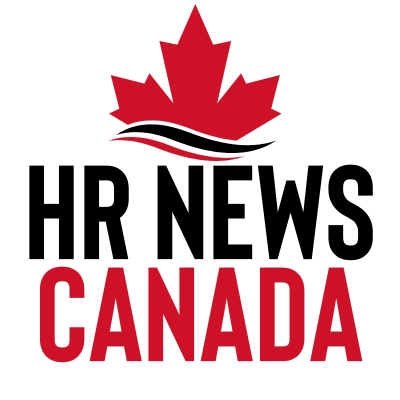Federal workforce reductions and more than 100 executive orders issued during President Donald Trump’s first 100 days in office have significantly reshaped workplace policies and created new challenges for employers, according to a report released Tuesday by the Society for Human Resource Management.
The executive orders have signaled major shifts in inclusion and diversity practices, immigration policies, deregulation efforts, artificial intelligence governance and federal workforce strategies, SHRM said in its assessment of the administration’s impact on labor markets.
“As businesses face these rapid changes, it’s crucial not to panic but to remain focused on your core goals,” said Emily M. Dickens, SHRM Chief of Staff and Head of Government Affairs. “By aligning your strategies with organizational objectives and prioritizing a healthy workplace culture, companies can turn uncertainty into an opportunity for growth and resilience.”
Federal workforce disruption
The federal workforce has experienced substantial disruption, with approximately 160,258 federal workers affected by administration decisions through April 2025, according to SHRM’s analysis. This figure includes layoffs through the Department of Government Efficiency (DOGE), non-DOGE firings, and acceptances of the Deferred Resignation Program.
These numbers do not include federal contractors required to comply with new legislation or employees who resigned outside of official programs, SHRM noted.
The organization reports that federal sector job losses now represent a significant portion of nationwide reductions, creating ripple effects throughout the broader labor market.
Compliance priorities
While the executive orders don’t directly change existing labor laws, they provide clear direction for how federal agencies will likely enforce regulations, SHRM said. This has wide-ranging implications for hiring practices, compliance requirements and employer policies.
For HR professionals, SHRM recommends adopting a compliance-focused strategy while maintaining operational flexibility. The organization suggests using what it calls the “Three Cs” framework — clarity, consistency, and compliance — to effectively navigate the changing regulatory landscape.
Employers should prioritize internal auditing processes, including Form I-9 compliance, to reduce risks associated with heightened enforcement from federal agencies, according to the report.
State-level challenges
The report also highlights how state legislative responses are creating additional complexities for businesses operating across multiple jurisdictions. These include varying requirements for pay transparency and regulations governing the use of AI in hiring processes.
SHRM emphasized that beyond compliance concerns, HR leaders must also consider how to protect company culture and address employee concerns amid significant policy shifts and political polarization.
“This is also a leadership moment for HR, as your C-suite and board are looking for clear guidance on how these changes will affect your organization’s workforce planning and talent strategy,” the report stated.
The organization pointed to skills-based hiring and workforce upskilling as potential opportunities for strengthening the labor pipeline amid these transitions.





